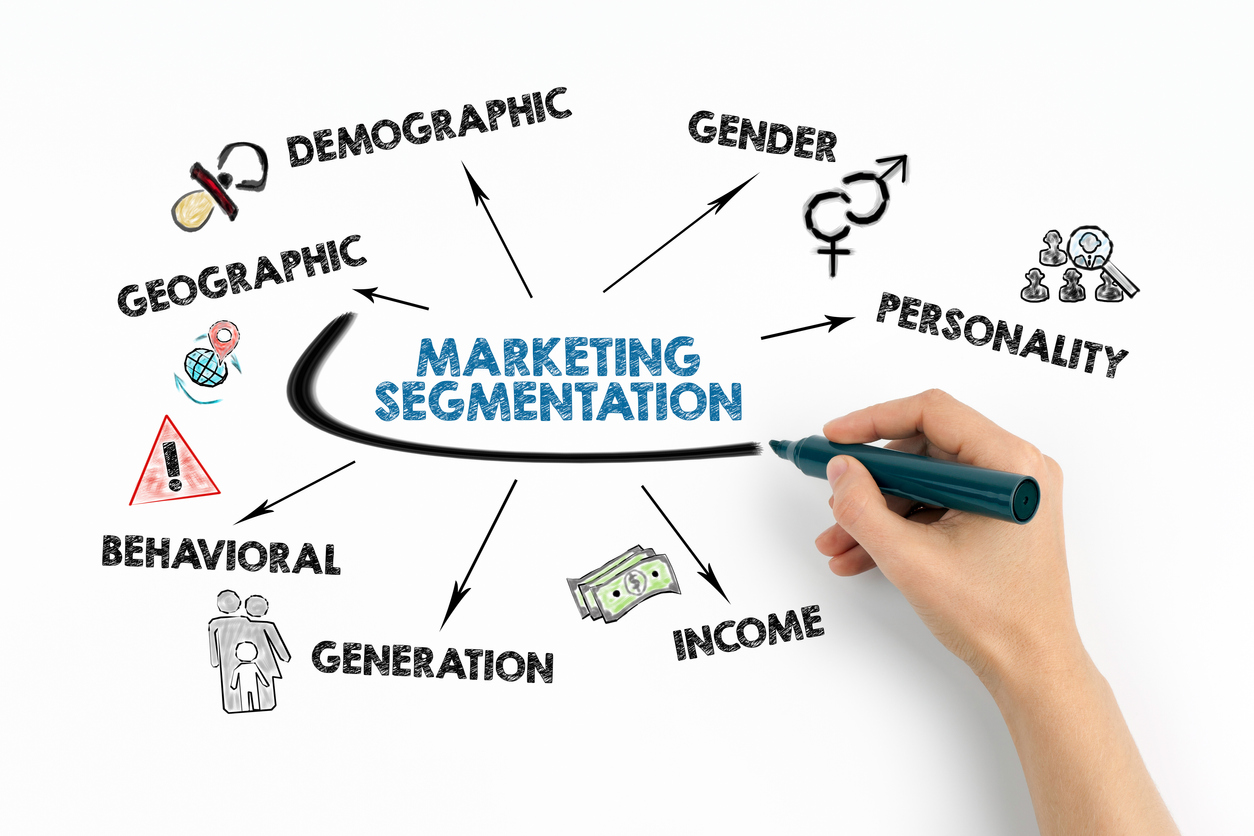
Hot Links
January 9, 2014
Social Media and the Job Search: Ten Trends
January 9, 2014By Lisa Taylor
As career practitioners, it is essential to recognize that longevity is not about doing the same work for longer – it has driven the emergence of a completely new career phase
Will you work longer than previously expected? Most people will and media reports would have you believe that the trend to delay retirement is purely driven by personal finances. However, the true reasons why Canadians will remain engaged in the workforce well beyond their 60s lie in changes that have occurred over the last 10 years as a result of the technology revolution and shifting demographics.
How has work changed in the last decade?
We have lived through a technological revolution that started in the 1980s and has changed how we work.
Today, individuals can access enterprise-level technology, on-demand from their home computer. Cloud-based services enable us to work how we want, where we want and with whatever level of automation or sophistication we desire.
Value has shifted from the tools and processes to get work done to why we do it and who does it. Indeed, Bersin (among other research firms) advocates that the technological revolution has given way to an emerging talent revolution. New developments in careers and employment over the next 10 years will be just as transformative as new technologies were over the last decade.
Why we need to update our view of working life expectancy
Demographics are driving the emerging talent revolution and the first step in capitalizing on new opportunities rests in debunking out-of-date assumptions.

Today, life expectancy reaches into our 80s. Indeed, those who stop working by age 65 will be out of the workforce for as much as 1/3 to 1/4 of their lifespan.
In his book The Big Shift, author Marc Freedman explains that when it comes to work we have taken a 61-year life expectancy and stretched out our activities to fit within a roomier 84-year lifespan. As career practitioners, it is essential to recognize that longevity is not about doing the same work for longer. It has driven the emergence of a completely new career phase, the Legacy Career®. [1]
Working smarter, working longer – predictions for the next 10 years
The technological revolution has enabled us to work in new, more flexible, more knowledge-focused ways. Longevity ensures that should reasonably expect to continue making meaningful contribution, through paid and unpaid work, well beyond traditional retirement dates. When examined together, these two forces can help counter several of the powerful myths that currently block experienced employees from thriving in productive Legacy Careers®.
Myth #1: Employees over a certain age are “not up-to-date.” Some employees in their 50s and 60s do not use social media (however, many do). Some 20-year-old employees do not know how to use the tools in ways that are appropriate for business. Social media has emerged very quickly in the workplace and there is a wide spectrum of comfort level and use at all ages.
In recent discussions across Canada, Challenge Factory found that employees cease having meaningful career discussions with managers at approximately age 48. Managers and employees default to filling in forms rather than having in-depth discussions about future-looking training needs and career opportunities. Many managers report being uncomfortable or unfamiliar with how to have a career development discussion with an employee aged 50+ who is not part of an identified “high potential” program. Whether an employee is 35 or 55, ongoing engagement in career development is essential for all, not just those destined for the C-Suite.
Prediction: Over the next 10 years, employers and employees will recognize the importance of transitioning with purpose into Legacy Careers®, including more relevant approaches to career exploration, lifelong training and development and successful transition strategies for experienced employees.
Myth #2: Employees over a certain age aren’t interested in long-term employment. “I just need something to keep me busy for 3-5 years.” “She’s overqualified for the job and not likely to stay.” Both employee and employers fall into the trap of believing we will exit the workforce in our 50s and 60s. Often, employees readily admit that they do not want to continue doing the role or work that they are currently assigned but feel that there are no other options. Employees feel like they have reached a “best before” date decades before there is reason for them to leave the workforce.
This is a very damaging myth. It leads organizations to shortchange themselves on how to best use the talent that they have at their disposal and it leads employees to feel stuck. Long-standing employees have significant impact on an organization’s culture as they tend to have extensive informal networks and represent what younger employees can expect from their own careers as they age.
Prediction: Employers and employees will capitalize on the business benefit of new programs for employees in their 50s and 60s. New career paths and options will become available to retain and engage experienced employees in meaningful work that supports business strategy.
Myth #3: Employees over a certain age are expensive. Employees with higher levels of seniority typically enjoy higher salaries and richer benefits. When this myth is discussed, advocates for older workers often cite the value that experience brings to the workplace along with studies that show the real cost savings that employers gain due to this cohort’s attention to detail, organizational knowledge and dedication to getting the job done right the first time. While these facts about the efficiency of experienced workers’ output are well founded, there is another, more significant false assumption underlying this myth that must be addressed.
There is no reason to assume that salary and benefits continue to increase indefinitely. Employees may opt to take on new roles at lower levels of responsibility that better suits their lifestyle interests and needs. In National Roundtables conducted by the Federal Government, employees over age 50 indicated that they would be interested in exploring career options at lower salary and prestige levels if the work was meaningful, more flexible and resulted in attending fewer management meetings or managing fewer employees.
Prediction: As workplaces identify which roles are best suited to be made available for employees entering the Legacy Careers® phase, new career paths will emerge that allow compensation to fluctuate with level of responsibility. Talent models will incorporate these transitions as part of normal employment patterns and roles will be determined based on business need without assuming employees must stay within their same department/function or at the same level.
Living through revolutionary times
We are living in a unique moment in time when the implications of the technological revolution are still working their way into our everyday understanding of the world while, at the same time, the next revolution is challenging our assumptions about career, employment and talent.
There is great opportunity for both employers and employees to take advantage of new career models that reflect the reality of today’s demographics and positions Canadian businesses as leaders in the Talent Revolution.
[1] Legacy Careers is a registered trademark of Challenge Factory Inc.
Lisa Taylor is the President of Challenge Factory with clients from Vancouver to Quebec. Challenge Factory works with organizations and individuals across Canada to implement new strategic talent programs, to enable managers to be better career advisors and to support individuals itching for Legacy Careers®.


